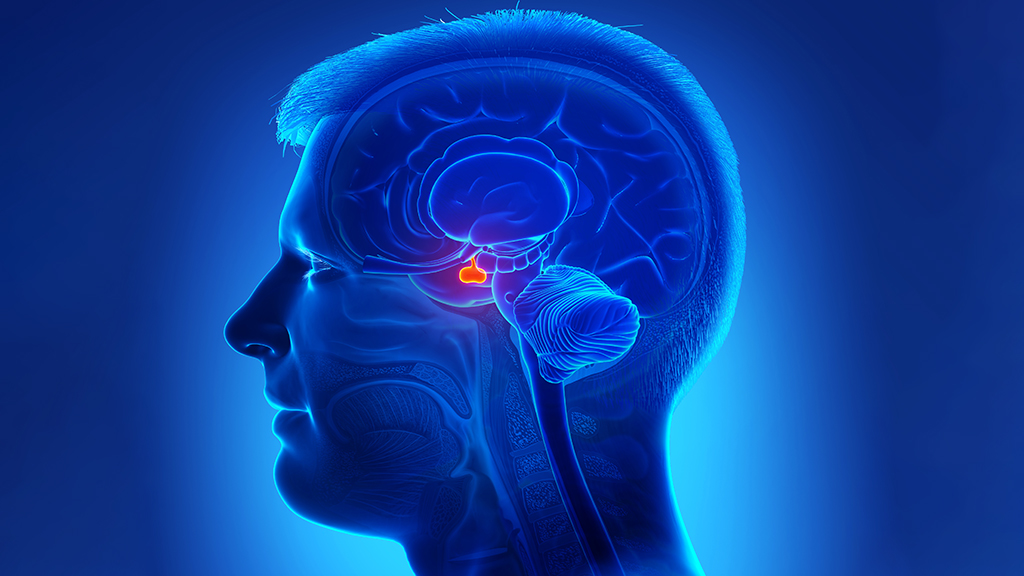Abstract
This case study is based on the true story of “John,” a nonverbal, autistic young man who develops severe maladaptive behaviors, the cause of which ultimately seems to point to the function of his anterior pituitary gland. Students read John’s story and answer questions designed to strengthen their understanding of hormones released by the anterior pituitary gland, the hypophyseal-pituitary portal system, negative feedback inhibition, and the conditions of hypothyroidism, hyperthyroidism, and subclinical hyperthyroidism. This case study was developed for a lower-level undergraduate anatomy and physiology course for nursing, health science, and biology majors. It is best suited for students who have already studied the nervous system and are familiar with the endocrine system. The case is particularly useful for highlighting the fact that the clinical path is not always straightforward for nonverbal patients on the autism spectrum, and that such individuals typically are more challenging to diagnose and treat.


